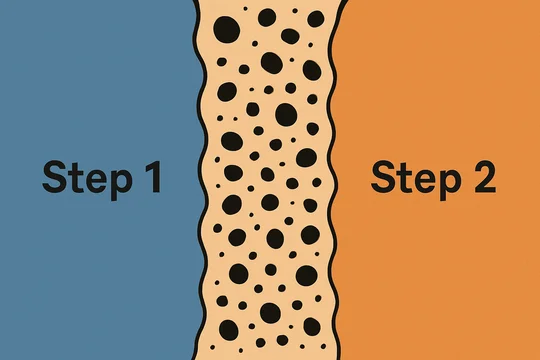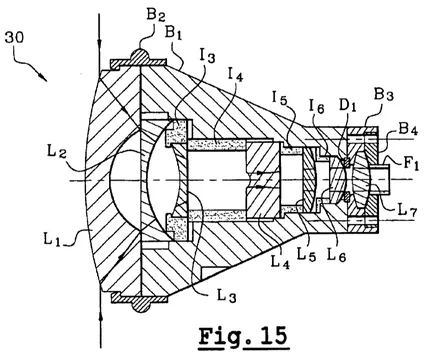It's fairly common for plaintiffs in Delaware to plead infringement by alleging that the defendant infringes "at least claim x," of the relevant patent—leaving the question of what other claims might be asserted until later in the case.
In line with the Federal Circuit decision in Disc Disease Sols. Inc. v. VGH Sols., Inc., 888 F.3d 1256, 1260 (Fed. Cir. 2018), many of our Delaware judges have explicitly endorsed this practice. See, e.g. Promos Techs., Inc. v. Samsung Elecs. Co., Civil Action No. 18-307-RGA, 2018 U.S. Dist. LEXIS 186276, at *6 (D. Del. Oct. 31, 2018) ("Plaintiff does provide details of at least one claim allegedly infringed under each asserted patent. Therefore, Plaintiff's identification of infringed claims is sufficient under Rule 12(b)(6)").
This manner of pleading has an interesting interaction with the marking statute, 35 U.S.C. § 287(a), that Judge Noreika addressed yesterday in SIPCO, LLC v. Aruba Networks, LLC., C.A. No. 20-537-MN, D.I. 44 (D. Del. June 9, 2021). The relevant patent in that case had both method and apparatus claims, and plaintiff alleged that the defendant infringed "at least" one of the method claims, while being silent on the apparatus claims. Id. at 5-6.
In a clever move, the defendant moved for judgment on the pleadings because the plaintiff failed to plead compliance with the marking statute—which is required when apparatus claims are asserted, but not when only method claims are asserted. See Am. Med. Sys., Inc. v. Med. Eng’g Corp., 6 F.3d 1523, 1538 (Fed. Cir. 1993).
Clever or not, Judge Noreika rejected the argument:
Defendants provide no authority stating that the marking requirement applies when there is merely a possibility that a patentee will assert a non-method claim. Indeed, the Federal Circuit has “held that 35 U.S.C. § 287(a) did not apply where the patentee only asserted the method claims of a patent which included both method and apparatus claims.” . . . If SIPCO ultimately asserts device claims of the ’304 patent, its compliance with the marking requirement can be assessed at that time. Otherwise, the mere possibility that SIPCO will assert a non-method claim, despite SIPCO’s failure to mark, is not fatal to Count III.
SIPCO, C.A. No. 20-537-MN, D.I. 44 at 6.
Should Defendants Have Moved Under Rule 12(b)(6) instead of 12(c)?
Interestingly, the Court left open the possibility that there might have been a different result if the defendant had moved under Rule 12(b), rather than 12(c).
The defendant had cited Judge Andrews opinion in Express Mobile, Inc. v. Liquid Web, LLC, C.A. No. 18-1177-RGA, 2019 U.S. Dist. LEXIS 64362, at *5 (D. Del. Apr. 15, 2019) for the proposition that "this court granted a motion to dismiss a claim for pre-suit damages where the patentee failed to allege compliance with § 287(a), even when marking was not required." SIPCO, C.A. No. 20-537-MN, D.I. 44 at 6.
The court could have easily distinguished Express Mobile on the grounds that the plaintiff there had actually asserted apparatus claims, Express Mobile, 2019 U.S. Dist. LEXIS 64362, at *5 (D. Del. Apr. 15, 2019), whereas here the plaintiff asserted "at least" the method claims.
Instead, Judge Noreika focused on the different procedural posture of the two cases:
Defendants argue that Count III should be dismissed because SIPCO failed to plead compliance with the marking requirement of § 287(a). Defendants assert that this court granted a motion to dismiss a claim for pre-suit damages where the patentee failed to allege compliance with § 287(a), even when marking was not required. See Express Mobile, Inc. v. Liquid Web, LLC, Civil Action No. 1:18-cv-01177-RGA, Civil Action No. 1:18-cv-01181-RGA, 2019 WL 1596999, at *2 (D. Del. Apr. 15, 2019) (“A claim for past damages requires pleading compliance with the marking statute – even when compliance is achieved, factually, by doing nothing at all.”). For Defendants’ motion for judgment on the pleadings, however, the relevant inquiry is not sufficiency of pleading . . . but whether Defendants have clearly established as a matter of law that SIPCO cannot recover for alleged infringement . . . . Defendants have not met this standard because they have not established that SIPCO was required to mark and failed to do so.
And so we must wait for another day to see if a plaintiff can survive a motion to dismiss without pleading compliance with the marking statute when asserting "at least" the method claims of a patent that also contains apparatus claims.
If you enjoyed this post, consider subscribing to receive free e-mail updates about new posts.






